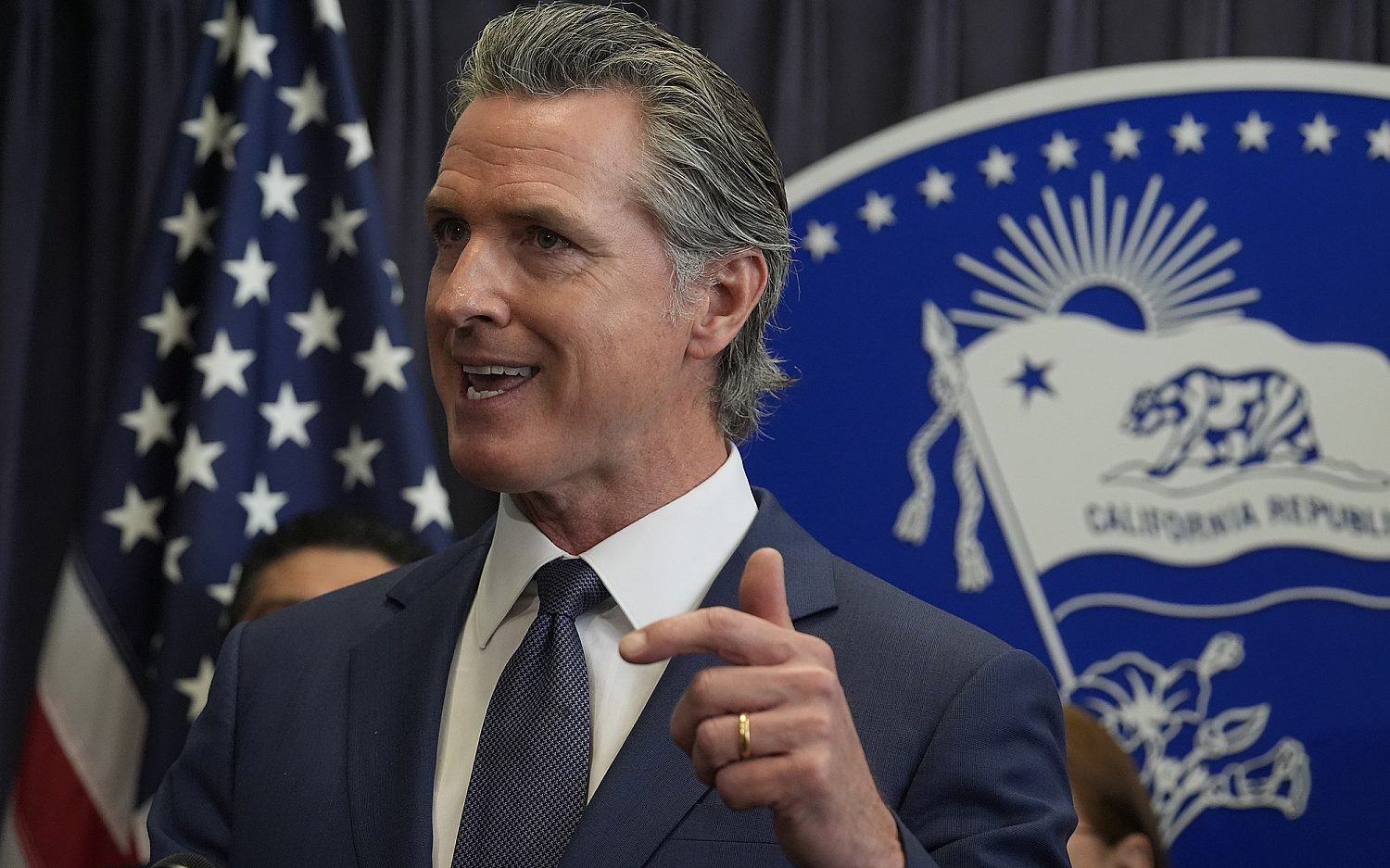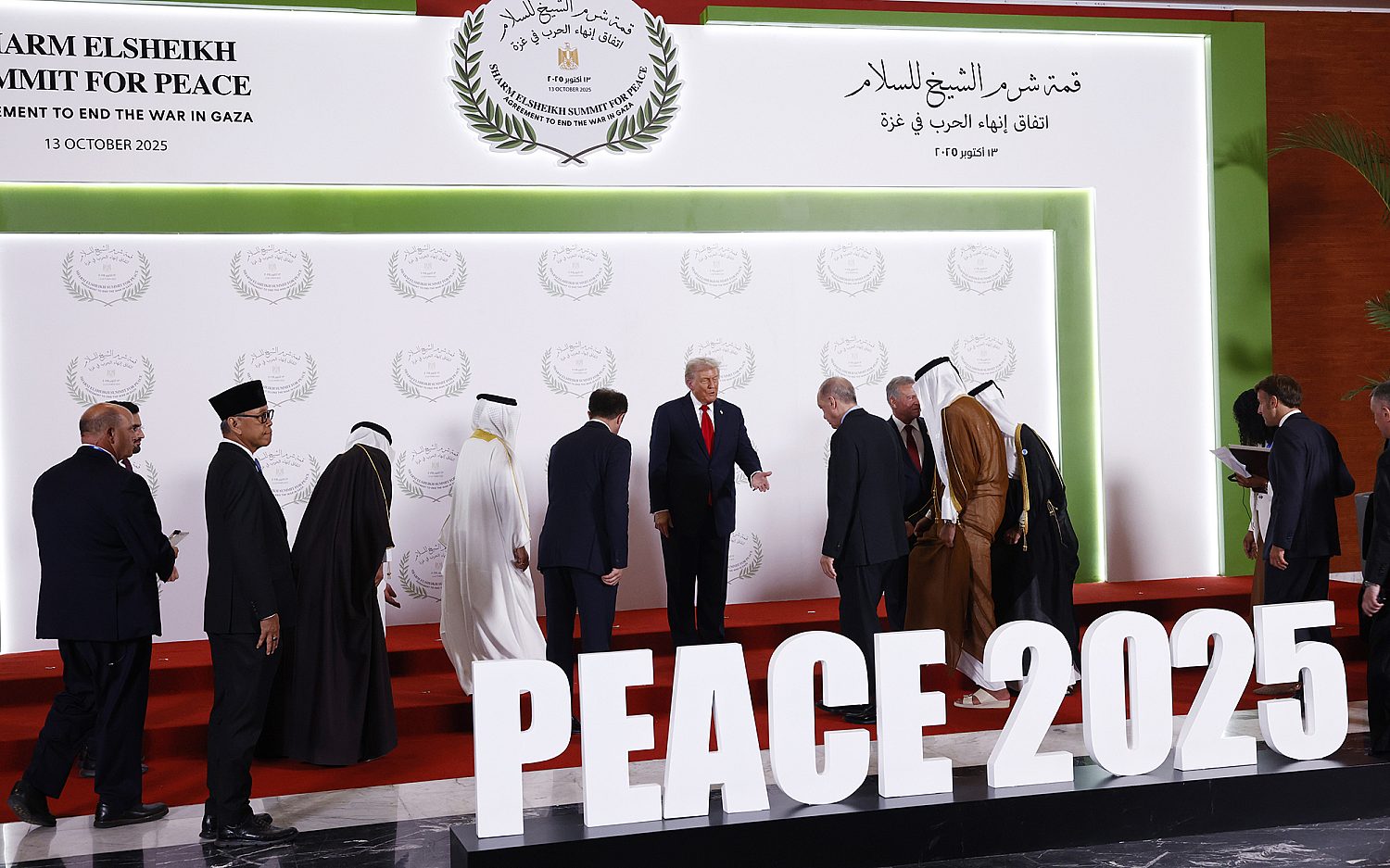U.S. Army shrinks to pre-WWII levels
The number of active duty soldiers in the U.S. Army has dropped to a level not seen since before the United States entered World War II. At the end of March, the army had 479,172 soldiers—154 fewer than the previous low of 479,424 troops in 1999, when the Army halted its post-Cold War drawdown, according to the Army Times.
From its most recent peak of 570,000 in 2011, the size of the Army has declined dramatically and is projected to get even smaller. Current drawdown plans call for the active duty Army to have only 450,000 soldiers by the end of fiscal year 2018.
Even at last year’s end strength of 490,000, the Army struggled to meet its mission requirements, according to a recent Heritage Foundation report. The Army chief of staff recently testified before Congress that only one-third of the Army’s 31 brigade combat teams are combat ready, and of those, most already are committed to ongoing operations.
“The Army, left alone, wouldn’t be drawing down at all,” said Dakota Wood, senior research fellow at the Heritage Foundation. “The Army, as well as the other services, are simply responding to the directives and the policy decisions that have been handed down from the administration, and they are bounded by the amount of money they have to actually spend on things.”
A combination of the Budget Control Act of 2011, which forced automatic spending cuts on the military, as well as decisions by the Obama administration to wind down operations in Iraq and Afghanistan forced the Army to start reducing manpower, the most expensive component in a military budget.
But those administration directives to cut the size of the Army came just as the world witnessed a resurgent and more militant Russia, with its annexation of Crimea and invasion of Ukraine, an expansionist China establishing itself as a hegemonic power in the Asia-Pacific region, and the rise of Islamist elements in the Middle East, most significantly, Islamic State.
Wood believes the U.S. drawdown in Europe and the Middle East actually exacerbated the rising national security threat.
“All these things are happening in parallel, and they start to feed each other,” he said. “And then you start to get into a bit of a spiral. So as the U.S. military becomes smaller and we pull away from various commitments, we decrease our force presence in Europe. That opens up a window of opportunity for Russia to become more muscular and start to push into the former Soviet Union sphere of influence.”
Both the Obama administration and Congress recognize the need to halt the Army’s drawdown and rebuild both force structure and capacity in response to the current national security situation, Wood told me. And there is general agreement on both sides of the aisle and with the president on a defense budget of around $600 billion, or about 3 percent of GDP. Only three NATO nations have achieved or exceeded the goal of 2 percent of GDP military spending.
But with a more aggressive Russia in Eastern Europe, a more muscular and expansionist China in the Asia-Pacific, and a rapidly destabilizing Middle East, Wood thinks the U.S. defense budget should be around $800 billion, or 4.5 percent of GDP—about what Russia spent on its defense in 2015.
“That’s not to be this kind of warmongering, militaristic United States,” Wood told me. “It’s to get back to a level where you could have forces that are actually credible and therefore have an actual real-world deterrent value in Europe, the Middle East, and the Asia-Pacific region.”
An actual newsletter worth subscribing to instead of just a collection of links. —Adam
Sign up to receive The Sift email newsletter each weekday morning for the latest headlines from WORLD’s breaking news team.




Please wait while we load the latest comments...
Comments
Please register, subscribe, or log in to comment on this article.